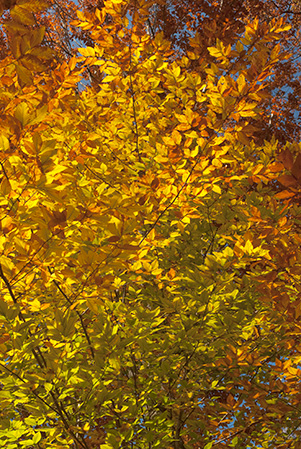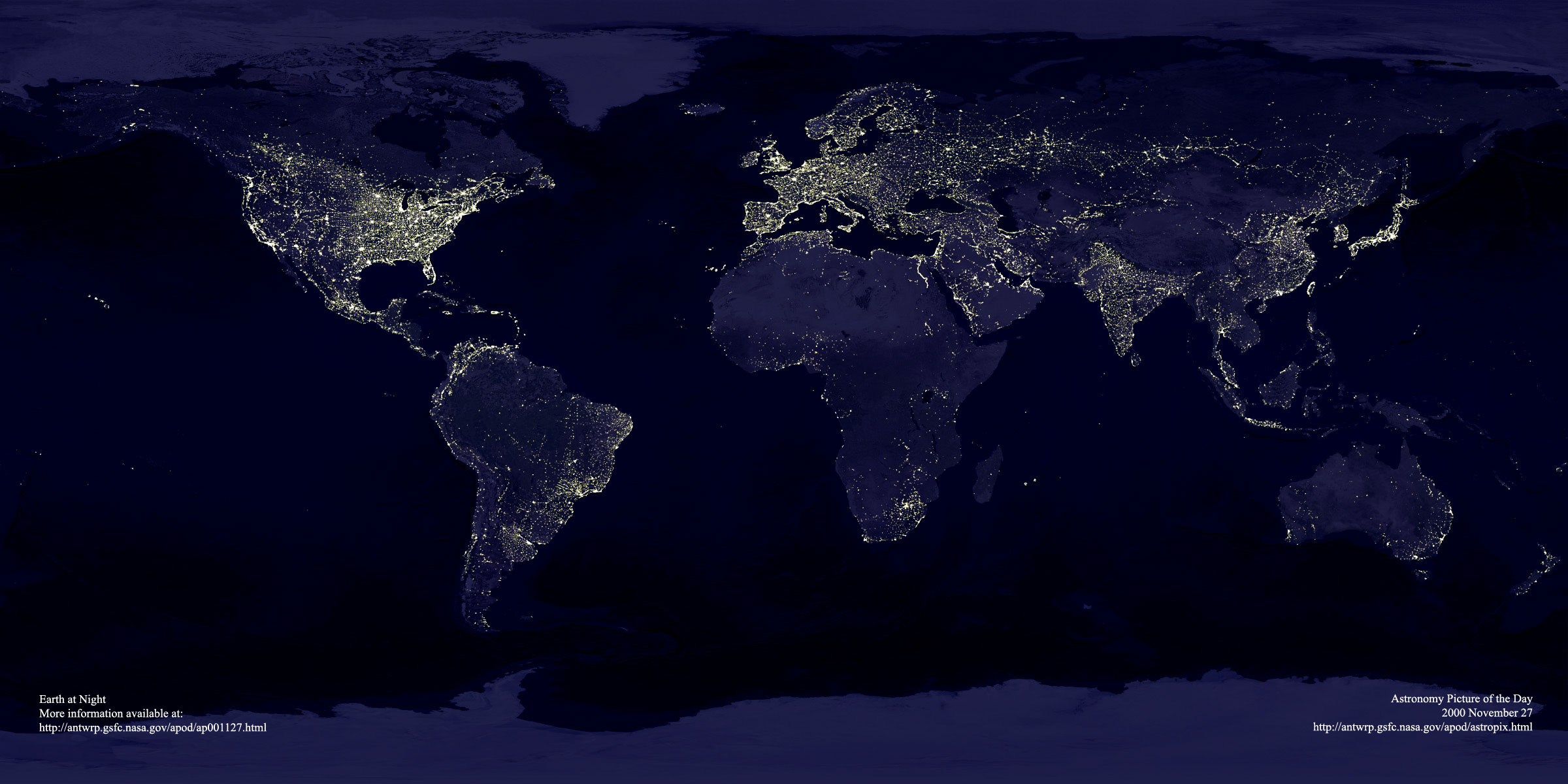
The academic world is holding its collective breath, as we've entered the most exciting time of the year...Nobel season. Over the course of the next few days, the Nobel Institute will announce the winners of this year's Nobel Prizes. Awarded by Sweden's Nobel Institute, the Nobel Prizes have been awarded since 1901 for achievements in physics, chemistry, physiology or medicine, literature and for peace.
The awards were established in the will of Alfred Nobel, who, according to the Nobel Prize website, was "a
scientist, inventor, entrepreneur, author and pacifist." He also happened to be the man who invented dynamite.
The will said, in part:
The whole of my remaining realizable estate shall be dealt with in the following way: the capital, invested in safe securities by my executors, shall constitute a fund, the interest on which shall be annually distributed in the form of prizes to those who, during the preceding year, shall have conferred the greatest benefit on mankind.
Nobel died in 1896, but the first award was not given until 1901. The reason? His family contested the will. Ahh, sweet litigation.
And how does one find out if they've won one of these coveted awards? In the US, it seems that one receives a phone call at home, very early in the morning. Still only half-awake, one picks up the phone, and wonders if the person on the other end is a crank caller with a bad Swedish accent. Then one receives several dozen other phone calls, usually from reporters who have also woken up at unreasonably early hours. And then one realizes, "Holy Crap, I'm a laureate! I'd better have some coffee!!"
As of this writing, only the prize for physiology or medicine has been awarded. The winners: a pair of researchers, Andrew Fire and Craig Mello, who discovered RNA interference (
RNAi). This natural process effectively silences genes like the mute button on a stereo, and can be used both experimentally (to answer the question, "Hey, what happens when I turn this gene off?") and potentially therapeutically in diseases like cancer.
The unusual thing about this particular award is that it came so quickly. The researchers only published their seminal work on the subject 8 years ago. Nobel awardees (or laureates) typically don't receive awards until decades after the actual accomplishment for which they are nominated.
And now, for a shameless plug - the Nobels' lesser-known stepcousin, the IgNobel Prizes, will be awarded this Thursday night. Only slightly less prestigious (they can make or break careers, you know), the Igs honor those achievements which make people laugh, and then make people think. The awards, which are handed out by actual Nobel laureates (there are one or two of them just hanging around in Boston), are awarded in a ceremony with all appropriate pomp and circumstance. I can say that because I will be on stage helping herd the winners through the ceremony.
[For more on the prizes, check out the
Nobel website or a recent story from
Reuters. For more on the IgNobels, including how to get tickets or see the webcast, take a look at
Improbable.com.]
 The leaves are falling off the trees pretty quickly here in New England, but only after putting on a fantastic color display this year. I haven't seen blazing foliage like that in a while.
The leaves are falling off the trees pretty quickly here in New England, but only after putting on a fantastic color display this year. I haven't seen blazing foliage like that in a while.










